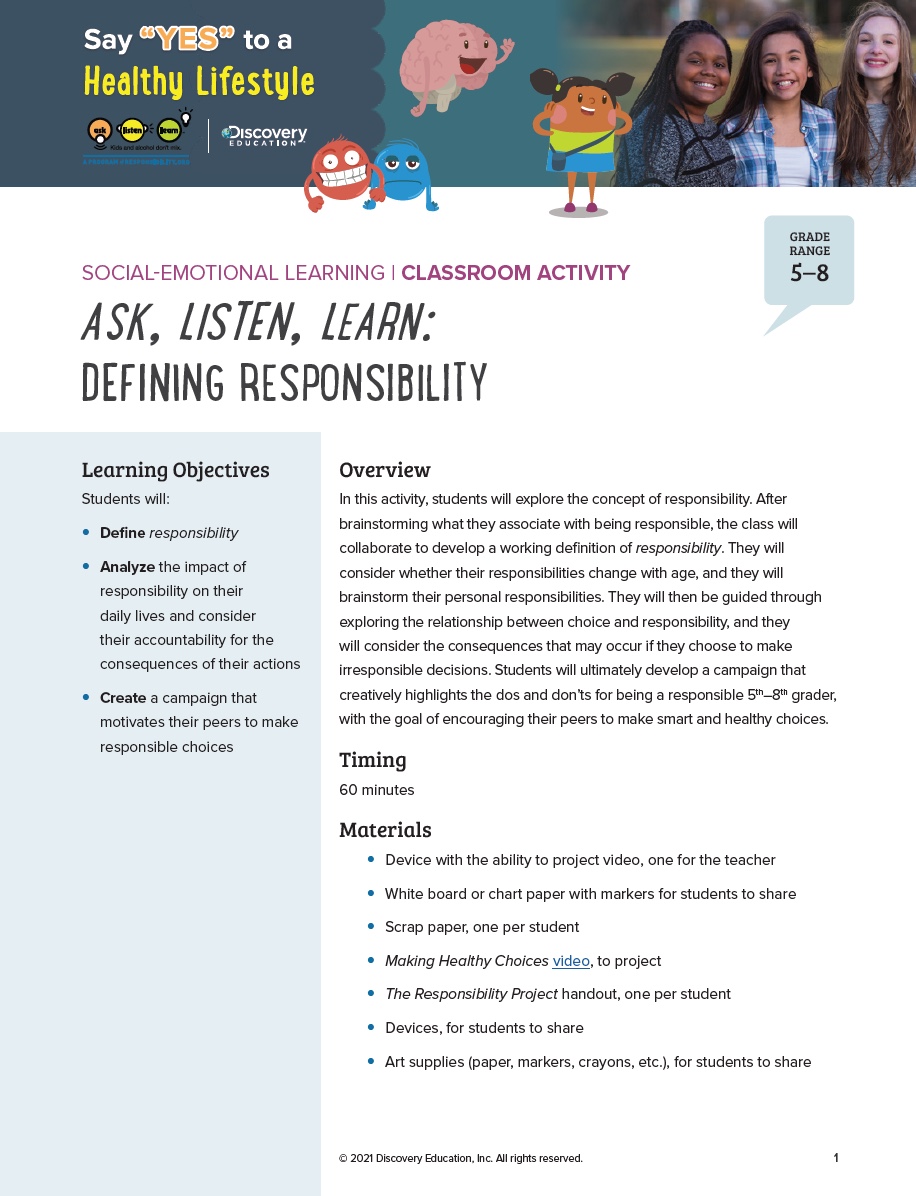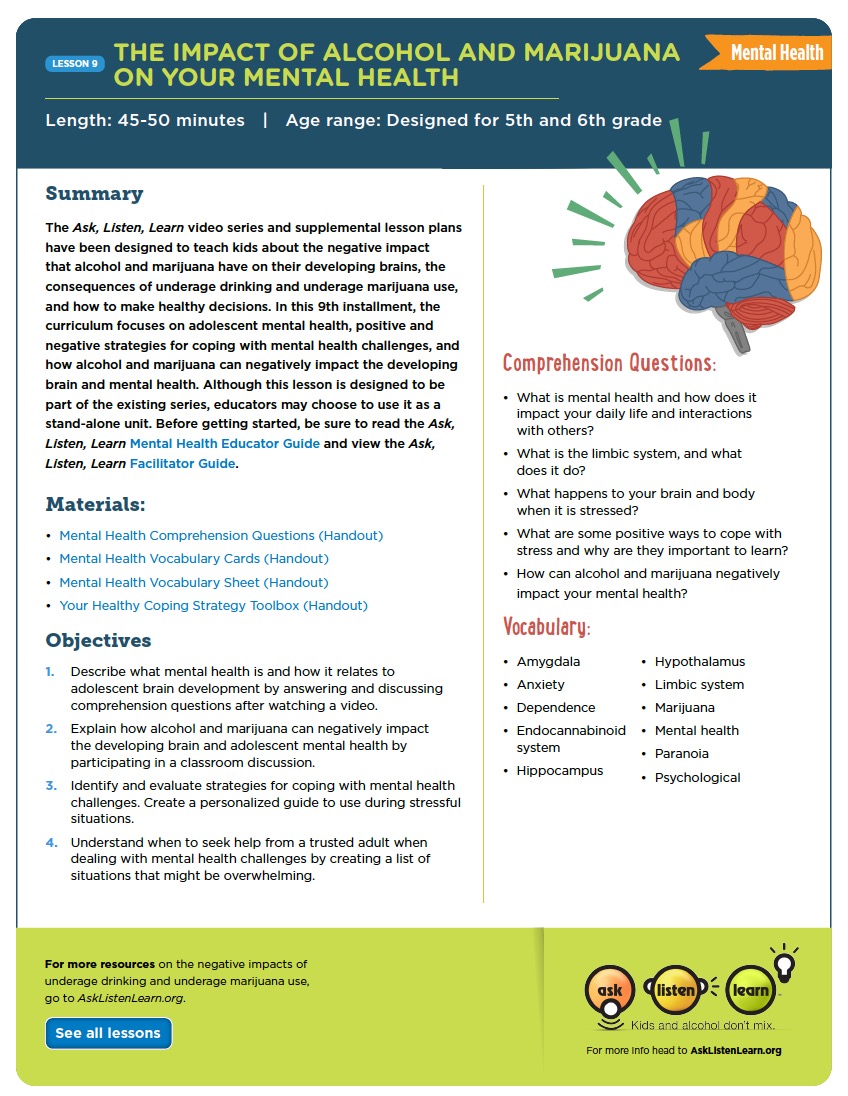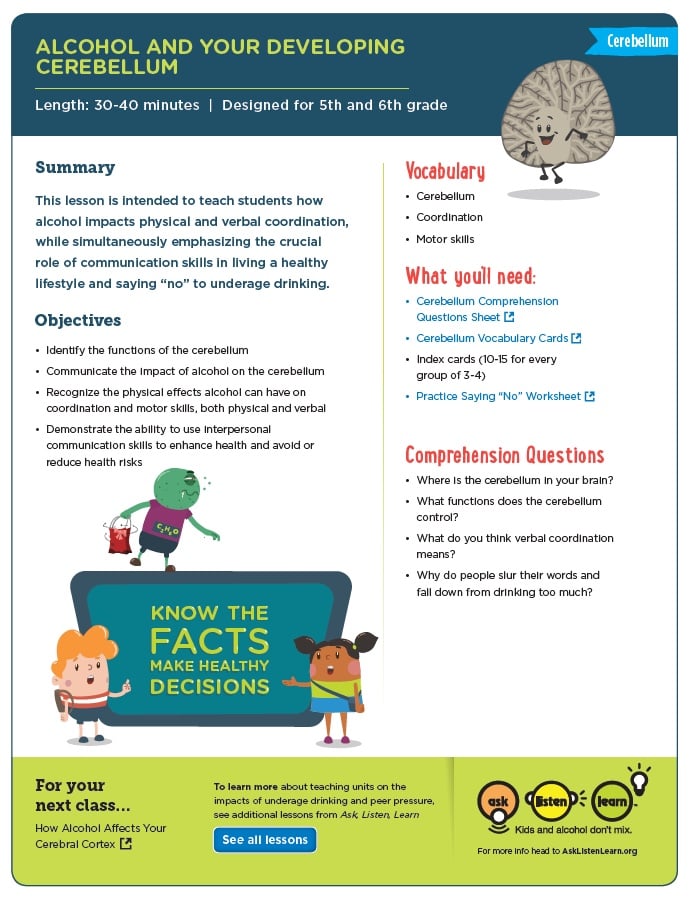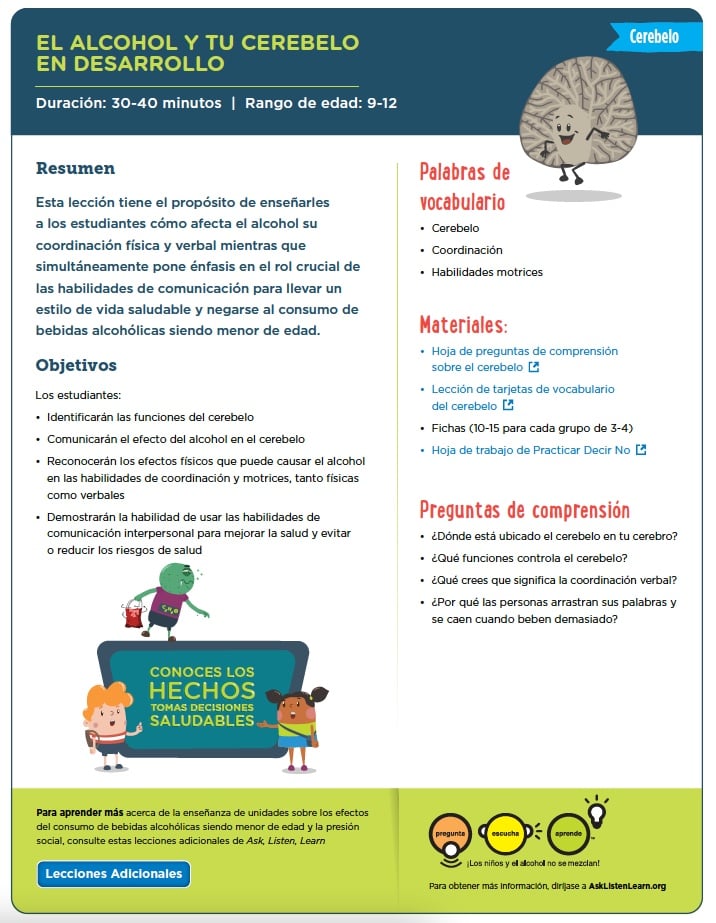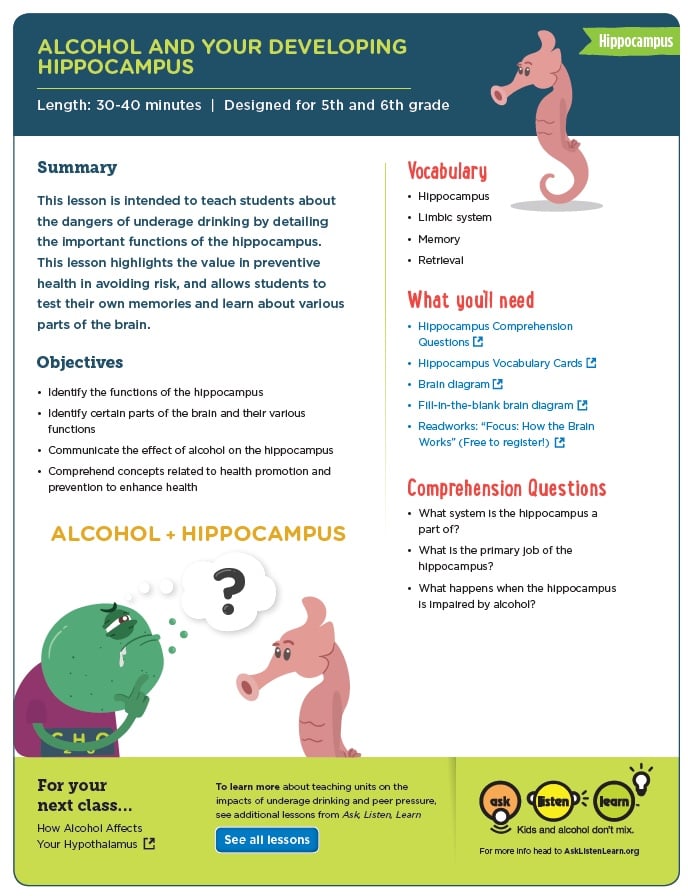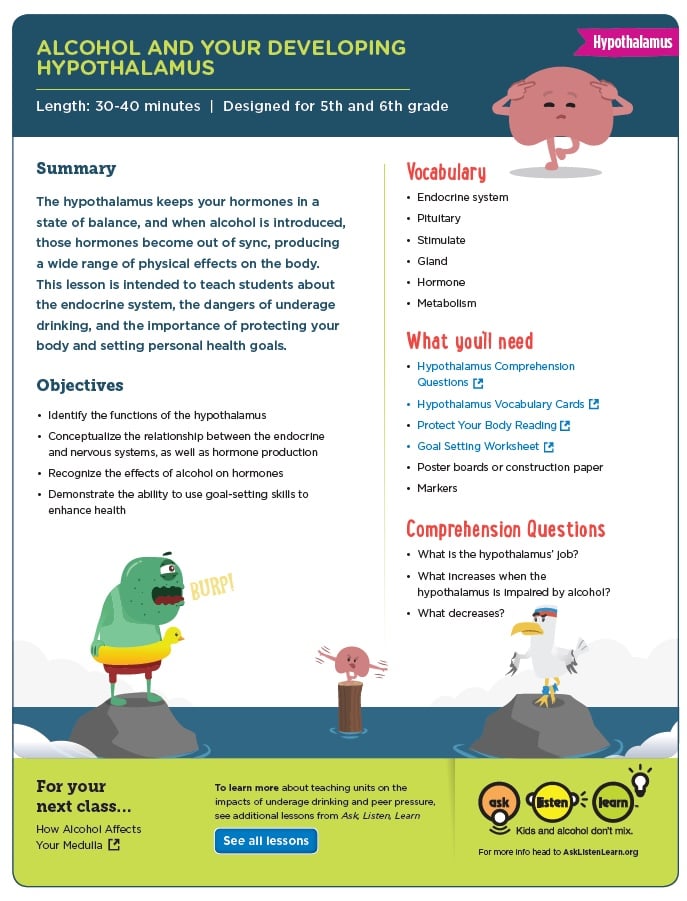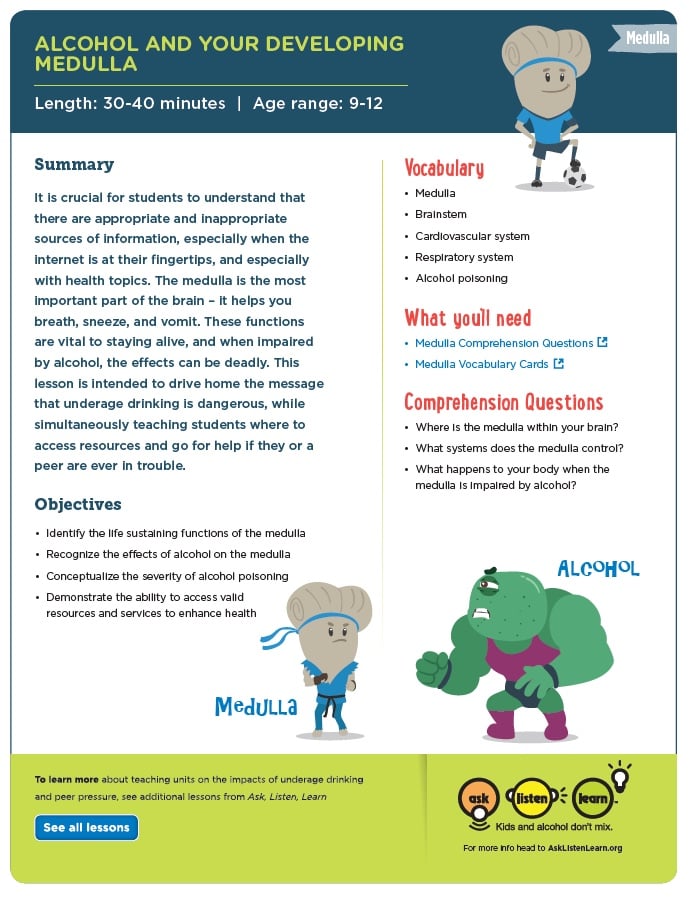About This Lesson
In this activity, students will explore the concept of responsibility. After brainstorming what they associate with being responsible, the class will collaborate to develop a working definition of responsibility. They will consider whether their responsibilities change with age, and they will brainstorm their personal responsibilities. They will then be guided through exploring the relationship between choice and responsibility, and they will consider the consequences that may occur if they choose to make irresponsible decisions.
Students will ultimately develop a campaign that creatively highlights the dos and don’ts for being a responsible 5th–8th grader, with the goal of encouraging their peers to make smart and healthy choices.
Students will:
- Define responsibility
- Analyze the impact of responsibility on their daily lives and consider their accountability for the consequences of their actions
- Create a campaign that motivates their peers to make responsible choices
Time required:
- 60 minutes
Student Materials
- Device with the ability for the teacher to project video
- White board or chart paper with markers for students to share
- Scrap paper (one per student)
- Making Healthy Choices video, to project
- The Responsibility Project handout (one per student)
- Devices (for students to share)
- Art supplies (paper, markers, crayons, etc.), for students to share





